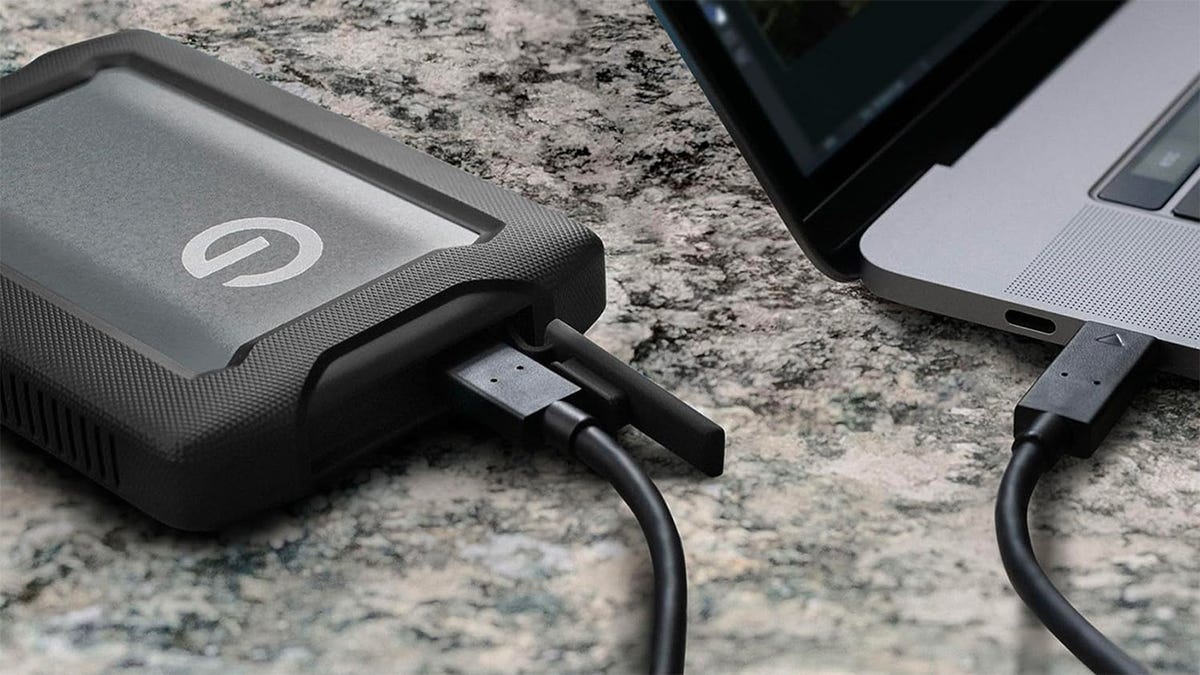Should You Make Holiday Design Slice-and-Bake Cookies from Scratch?


Here’s my attempt at dethroning the chokehold that festive Pillsbury sugar cookies have on me
For me and many other Americans who grew up on Pillsbury cookie dough, it’s not officially the holidays until I’ve had my share of sugar cookies printed with reindeer, Christmas trees, and snowmen. These presliced sugar cookies have been the nostalgic flavor of December for as long as I can remember, and the printed designs only add to the whimsy.
It got me thinking: How hard could it be to replicate these fanciful cookies from scratch? I’ve only ever attempted slice-and-bake cookies once before, when I was in middle school, and my lack of patience with chilling the dough led to a puddle of butter and sugar in my baking tray. Could I redeem myself with an impressive sugar cookie complete with a festive design? I wanted to find out.
I enlisted the help of Lexi Harrison, who has a recipe for holiday slice-and-bake cookies on Crowded Kitchen, the blog she runs with her mom, Beth Harrison. Harrison’s post for her Christmas-themed slice-and-bakes has photos showing the step-by-step process, which seemed simple enough to me. I also reached out to Elizabeth LaBau, a pastry chef who details how to make Halloween-themed slice-and-bake cookies on her blog, SugarHero.
Before I got started, I had to get my hands on some cookie cutters. Traditional sugar cookie cutters, the kind you use for fondant-flooded sugar cookies, are too large for this project (unless you want massive cookies). So I ended up buying a set of cutters intended for vegetables and cute bento boxes, but worked well due to their small size.
“Single shapes without too much detail are the easiest,” says LaBau, who recommends hearts and geometric shapes, as well as simple seasonal shapes like leaves and pumpkins, as the best options for first-timers attempting this cookie style. “The more detailed a shape is, the more you have to work to line up all the center shapes, and the more risk there is of the shape getting malformed during assembly,” she adds. My set didn’t have a Christmas tree or candy cane shape, so I went with a star, which felt like it would be both festive and easier than a gingerbread man or angel with wings.
The recipe for the sugar cookie dough begins simply enough. You only need eggs, butter, sugar, flour, baking powder, and vanilla extract, as well as some form of food coloring to dye the design portion of the dough. “The great part about making these from scratch is that you know exactly what’s going into them, and we are firm believers that homemade always tastes better than store-bought,” Harrison says. “Plus, you can use gluten or dairy substitutes for those with food allergies, and there are plenty of natural food dye options for those that prefer not to use artificial colors.” By comparison, the Pillsbury versions I love so dearly are made with ingredients like palm and canola oils, artificial colors, and anti-caking additives and preservatives. (To be clear, I don’t necessarily have issues with these ingredients because I have been eating these cookies all my life, but I’d never really taken notice of them until I started this project.)
I whipped up the cookie dough in a stand mixer and separated a third to dye my dough. This part is actually a bit tricky: You don’t want to overmix the dough, which makes the cookies tough, but it’s difficult to fully incorporate the dye without feeling like the dough is being overworked. I recommend gently folding the dye into the dough; it might take a while, but a lighter touch will yield softer cookies.
For the next step of the process, “give yourself more time than you think you need,” LaBau says. “With any new recipe there’s a bit of a learning curve, and these cookies have the added complication of needing to be chilled during parts of the assembly.” I rolled my green dough into a flat sheet and let it chill in the freezer for 30 minutes while my undyed dough rested in the fridge. You want the design portion of your cookie dough to stay extra cold so it can maintain its shape when it’s wrapped in the more pliable, uncolored cookie dough.
When the green dough was sufficiently cold but not frozen solid, I took it out and began cutting and stacking my star shapes. This was actually one of my favorite parts of making the cookies because it felt methodical and relaxing, like playing with clay. Harris advises using a touch of water when sticking the shapes together to help them stay connected. If you notice your dough getting too warm and losing its shape, place it back in the freezer to continue chilling.
It took about 15 minutes to cut out and stick all the stars together, which resulted in a 10-inch star-shaped log. Before wrapping the entire thing in cookie dough, I made sure to give the dyed dough one last freeze to help it maintain its shape. At this stage, you could even leave your dough in the freezer overnight to harden before enveloping it in the remaining cookie dough.
Wrapping the star-shaped dough was a little bit challenging because of the points of the star. I wanted to make sure there was enough dough to fill each gap; I could see how a smoother design, like an ornament, would be easier to mold around. But I made it work, and also rolled the finished log to ensure it was even.
Once the log was completely covered and chilled, it was time to slice the dough and find out if all my labor had paid off. I felt immense pride with every perfectly centered star that emerged. Yes, there were small gaps here and there, but the overall look was impressive and festive — especially when compared with the Pillsbury cookies I’d bought for comparison, which were way smaller and had muddled designs. The hardest part was over; from here, the cookies needed a mere 12 minutes in the oven to bake.
The resulting cookie was subtly sweet with specks of the vanilla bean paste I used. Flavor-wise, it’s a relatively simple cookie, but one of the best parts of making it from scratch is that you can experiment with your own flavors. “Feel free to add in various extracts for different flavors, like peppermint or almond,” Harris advises. “You can also try adding different flavors to the dough, like citrus zest, raspberry powder, matcha, black sesame, and chocolate.”
Was it worth it to make these cookies from scratch? My answer is complicated, especially given the grip that the original Pillsbury cookies still have on me. This is a baking project that requires at least four hours to complete, but the resulting cooking wasn’t mind-blowing in terms of flavor (although I did audibly go “Awww” when I saw that the design element worked). LaBau agrees that this isn’t the cookie she’d turn to on a Friday night when a random craving strikes. “But I do think that for enthusiastic bakers, it’s a fun and very satisfying project,” she says. “Especially for parties and special occasions, when you want your food to be a little more impressive, making your own slice-and-bake cookies really takes things over the top.”
I do think it’s worth making these for celebratory cookie boxes or to bring to a cookie exchange. I’d even try amplifying the flavors so the resulting cookies taste more exciting. But if I’m craving that nostalgic sugar cookie flavor, then store-bought, to quote the great Ina Garten, is fine.











































































































































































